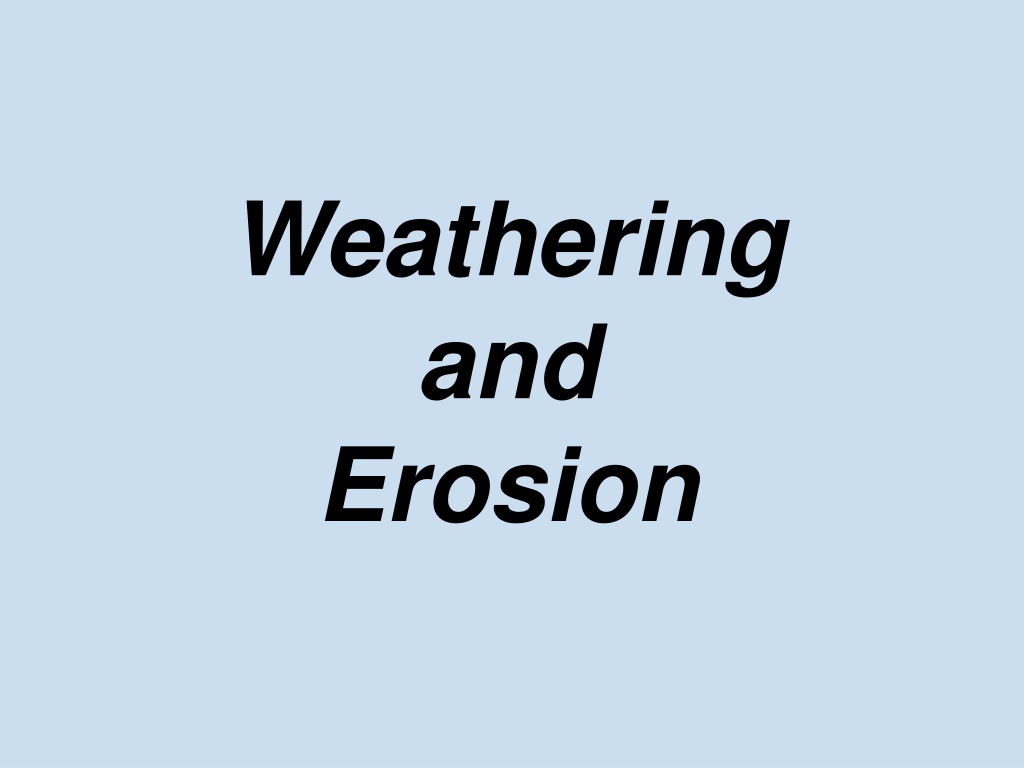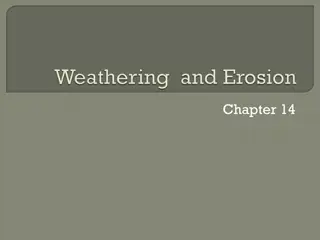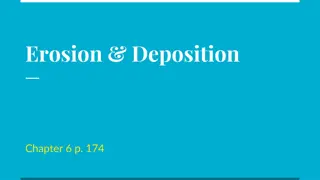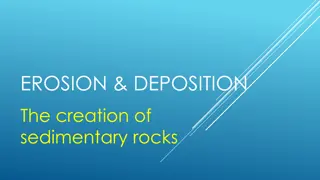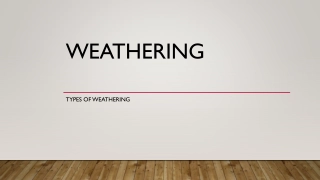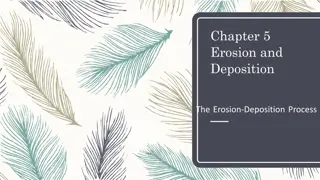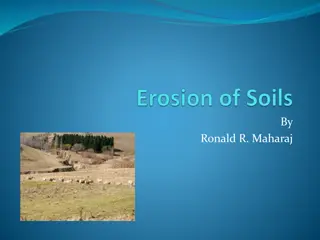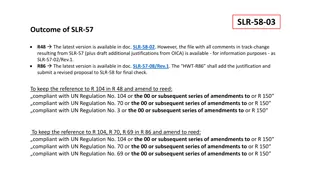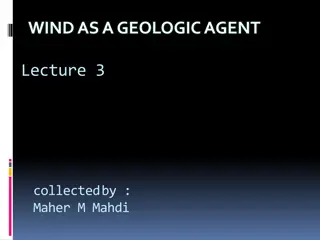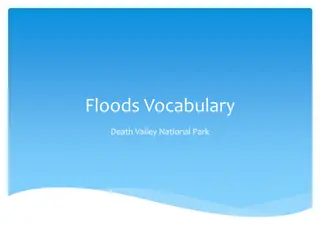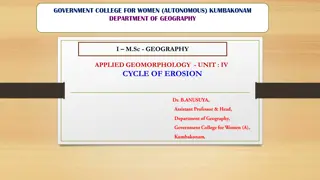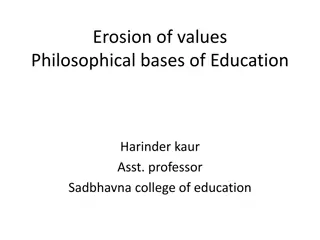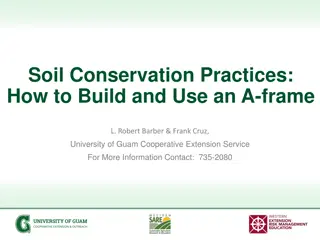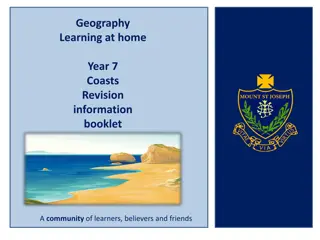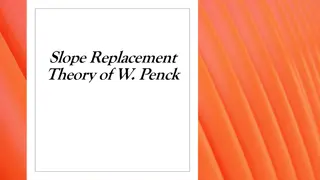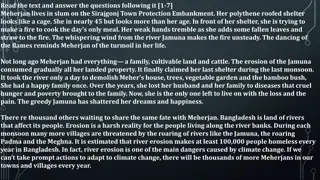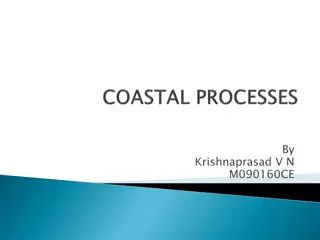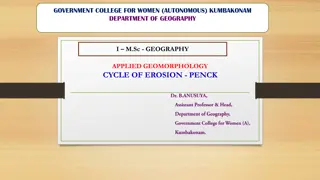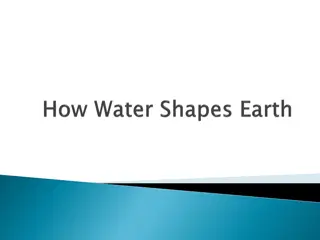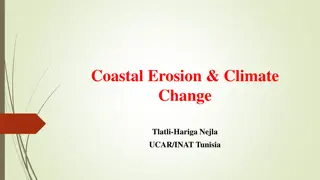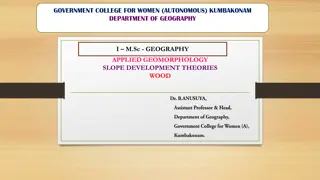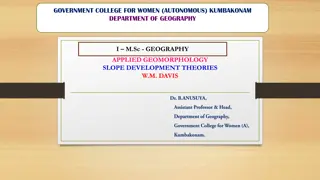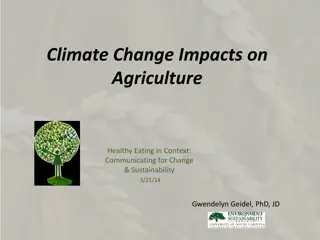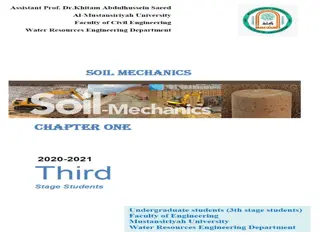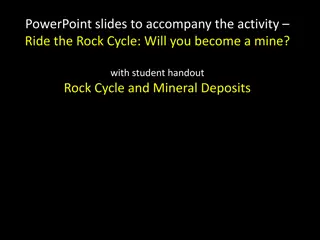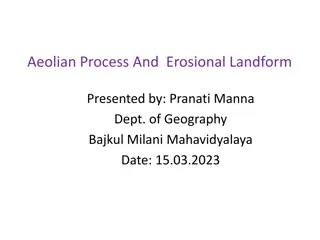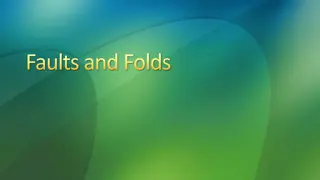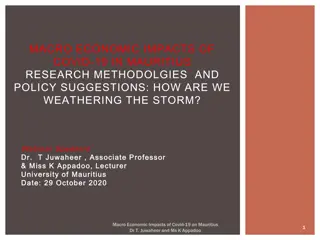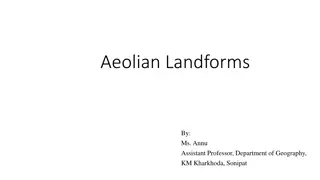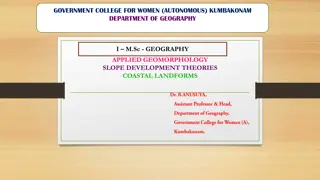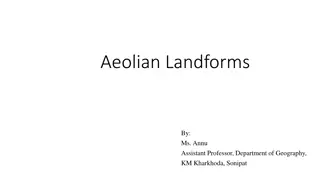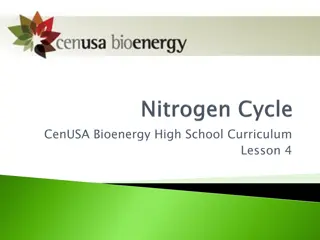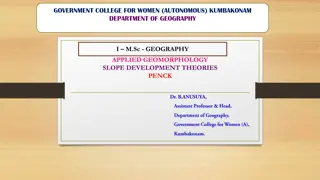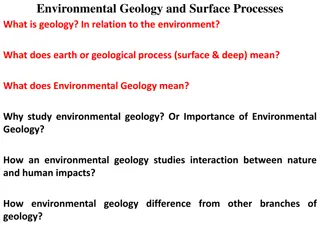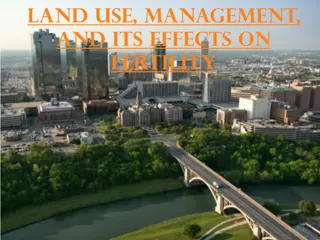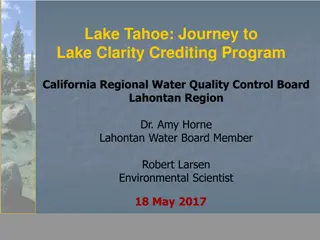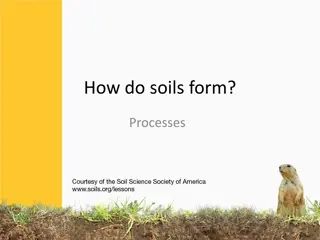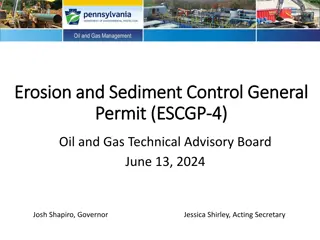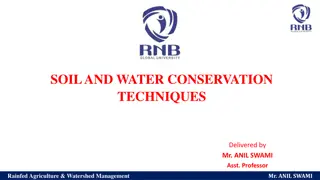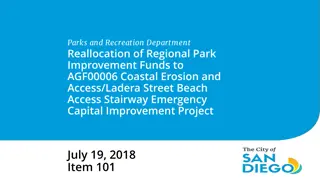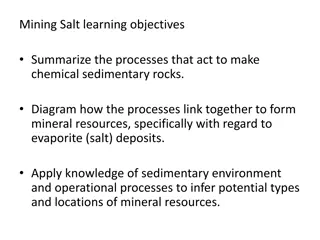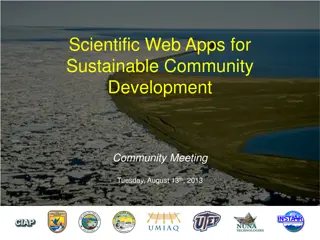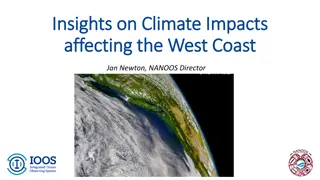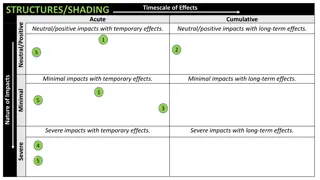Understanding Weathering and Erosion: Processes and Impacts
Explore the fascinating world of weathering and erosion through mechanical and chemical processes. Discover how environmental agents break down rocks, leading to the formation of sediment. Witness the effects of erosion as gravity, water, wind, and ice transport rock fragments to new locations, shaping our landscapes over time.
Download Presentation

Please find below an Image/Link to download the presentation.
The content on the website is provided AS IS for your information and personal use only. It may not be sold, licensed, or shared on other websites without obtaining consent from the author. Download presentation by click this link. If you encounter any issues during the download, it is possible that the publisher has removed the file from their server.
E N D
Presentation Transcript
Weathering and Erosion
Weathering processes by which environmental agents at or near the earth s surface cause rocks and minerals to break down Sediment- Small pieces of rock. Mud, sand, or silt are very fine pieces of rock.
Weathering Processes Mechanical weathering breaks a mineral or rock into smaller pieces (physical changes) Chemical weathering changes the chemical composition of minerals and rocks
Mechanical weathering- Wind weathering in Monument Valley, Arizona
800px-Rust03102006 Chemical Weathering- Rusting can completely eat away iron.
Erosion process by which gravity, moving water, wind, or ice transports pieces of rock and deposits them elsewhere Devil s Tower- volcanic plug
Water Erosion Deer Creek Falls
Thunder River in the Grand Canyon
Water erosion in a field
Wavecut pattern, a geological feature caused by the sea's erosion of cliffs, seen at Southerndown near Bridgend, South Wales.
Loess is a deposit of silt or material which is usually yellowish or brown in color and consisting of clay or dust brought by wind
379px-Glacier Glaciation- changing of landforms by slowly moving glaciers In the Swiss Alps- The Upper Grindelwald Glacier and the Schreckhorn
Glacial Erosion A glaciated valley in the Mount Hood Wilderness showing the characteristic U-shape and flat bottom.
Moraine is rock debris, fallen or plucked from a mountain and transported by glaciers or ice sheets. The moraine may be lying on the glacier's surface or have been deposited as piles or sheets of debris, where the glacier has melted
Soil Factors Parent material chemical composition of the original rock from which soil develops Relief-physical features of a landscape Organisms- plants, worms, ants that decompose material Climate amount of precipitation and prevailing temperature Time longer period develops thicker more well-developed soil(2.5 cc per 100 years)
Building Soil Weathering and erosion are a part of the process of building soil Soil is a loose mix of: Weathered rock Organic matter Air Water
Soil Fertility Soil Fertility depends on the texture of the soil and the amount of: humus- the amount of organic material air and water
Works cited scidiv.bcc.ctc.edu/barmin/geo101/6.html Wikipedia, the free encyclopedia http://www.edu.pe.ca/southernkings/loesss p.htm
